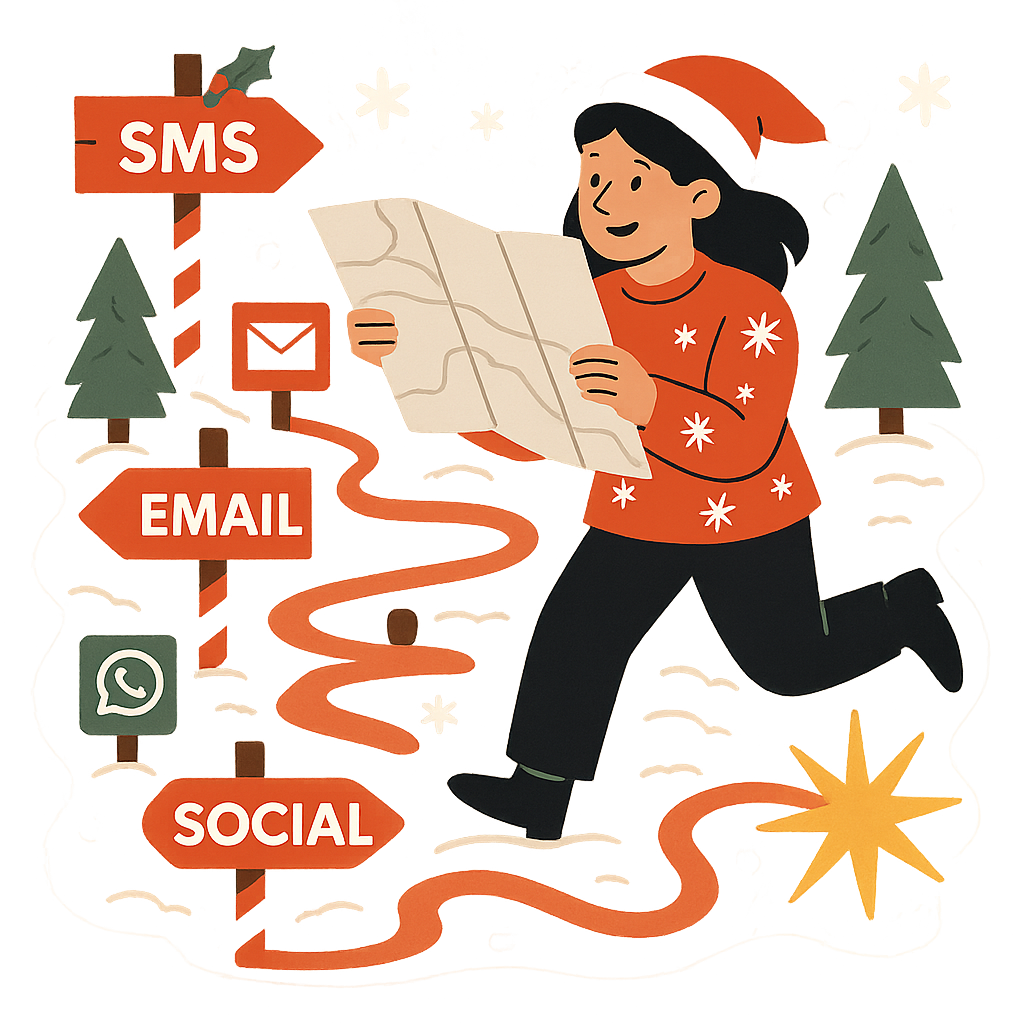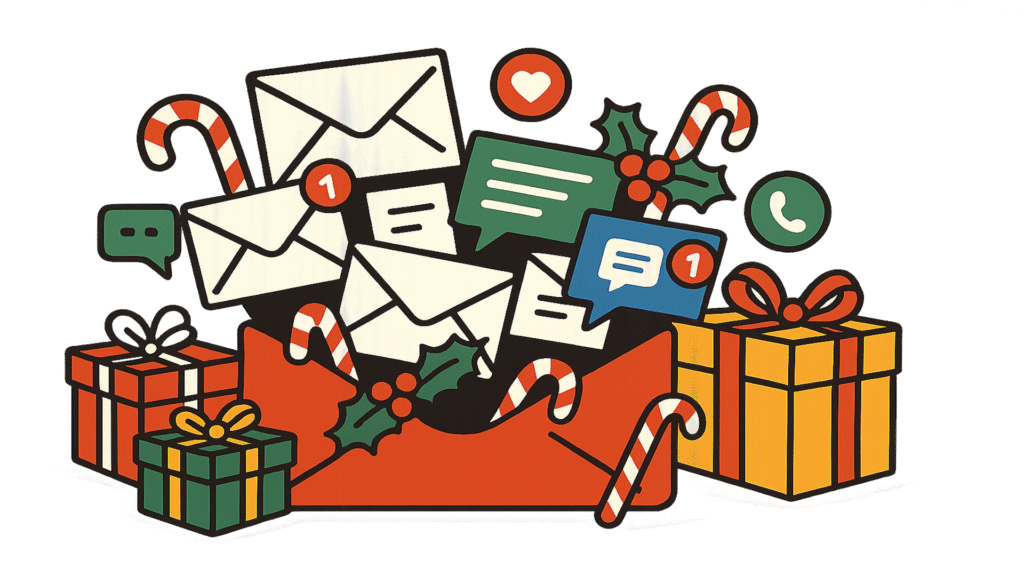
As marketers working in retail gear up for their most significant time of year, email campaigns are central to their strategy. However, despite all the planning and crafting of email messages, 31% of consumers delete emails within seconds, basing their decision on the subject line, according to data from Validity.
The issue of quick deletions is especially prevalent among Millennials and Gen Z.
The sheer volume of email is part of the problem. Validity says global email volumes (for legitimate, permission-based emails) have doubled since the beginning of the COVID pandemic in early 2020, when brands were throwing everything they had at digital channels. But when the pandemic faded, the emails did not.
To say that younger generations are turning away from email in favor of other channels isn’t entirely accurate. The demographics of email use and engagement are far more complicated.
“Even the younger generations still engage positively with email,” Guy Hanson, VP of customer engagement at Validity, told MarTech. In fact, people engage more with email as they get older. Hanson said that their education and income all influence their channel preferences.
Dig deeper: How to make email automations work as hard as you do
“Relative to other channels, email is losing traction in terms of popularity, and that’s mostly due to Gen Z,” Sophie Cheng, SVP of product marketing at Sinch, told MarTech.
Sinch’s research found that consumers’ preference for email is down 5.5% this year, while WhatsApp use is up 5.1%. That’s probably not surprising because younger generations often adopt new technology and, with it, new preferences.
But what is surprising is that two cornerstones of retail marketing are also losing popularity with consumers. The demand for multichannel experiences is down nearly 7%, while one in six consumers feels personalization is invasive.
Complaints about overly personal messages are up 43% from last year, according to data from Sinch. That said, nearly 73% of consumers still want tailored promotions, though that number is down 7.1% from 2024.
Dig deeper: Nearly two-thirds of businesses say email deliverability is hurting revenue
Think ‘optimal channel’ instead of ‘omnichannel’
Consumers can engage with brands across several channels, including email, SMS, RCS, WhatsApp, social media platforms, third-party apps like Amazon, and a brand’s mobile apps. That’s a lot of channels for marketers to keep straight, and it leaves a lot of room for individual consumer preference.

Sinch’s Cheng says what consumers really want is control.
“Consumers want choice,” Cheng said. “They want to be able to choose which channels brands or companies reach out to them on, and that’s an area where a lot of brands are still behind. They’re not necessarily giving their consumers that choice.”
They also want the experience across channels to be consistent, and that’s another area where brands struggle, Cheng said. Customers expect brands to carry over the context of conversations among channels, from SMS to phone, for example.
The options for engagement are becoming much more sophisticated in terms of what customers expect and what brands can deliver. Cheng advises brands to think “optimal channel” instead of “omnichannel.”
Dig deeper: Why syncing email and SMS is critical to marketing success
The brand marketing impact of email marketing
With new channels seemingly coming online every year, email might seem to be losing its luster. However, as one of the original digital channels, the way consumers and marketers use email is evolving.
Validity’s Hanson says email is undervalued as a brand-building tactic, one that keeps brands and their products top of mind for consumers. This is in part because of the volume of emails many brands send and in part because — when done well — the emails speak to consumers in the brand’s voice.
Measuring brand is a long-standing challenge for marketers, Hanson said, but once marketers are aware of email’s brand potential, they can look for the right metrics.
“You can look at things like, was there a spike in general site traffic?” Hanson said. “Similarly, does search volume increase? Or, if you sell through a third-party like Amazon, did your Amazon sales spike?”
What’s everyone else doing?
During the holiday season, marketers should consider not only their own email campaigns but all the other email campaigns vying for consumer attention, especially during the busy Black Friday-Cyber Monday weekend.
One recommendation to improve email deliverability and inbox placement is to schedule bulk emails for any time other than the top of the hour, when email providers are bombarded by messages (as are consumers). Sending an email 15 minutes past the hour or 10 minutes to the hour can make a difference.
Dig deeper: ‘They did it, so we should too’ isn’t an email strategy
Regardless of when emails go out, consumers will see a lot of email subject lines in that short time period between Black Friday and Cyber Monday, and here are Hanson’s tips:
- Don’t be too clever with subject lines. Front-load the offers so they’re seen.
- Put emojis at the front of subject lines for impact and to avoid being truncated.
- Personalize by interest if the data is trustworthy, with subject lines that say things like, “Golfers like you…”
- Don’t rely 100% on AI for email subject lines.
To that last point, Hanson said: “I think a lot of senders are now using AI to help them with their subject lines and, as a productivity tool, I think that’s right. But I would also suggest, don’t rely 100% on AI. Let it come up with the initial ideas and then use the human touch to tweak them.”
He said AI often recommends using highly urgent terms in subject lines that are on the verge of clickbait.
“Actually, you want to make sure you’re using brand-centric color language and those specific phrases that your customer associates with the business,” he said. “And AI doesn’t know all of that — yet.”
The post How to keep emails from getting lost in the holiday inbox surge appeared first on MarTech.
Go to Source
Author: Mike Pastore

